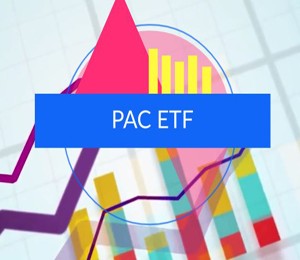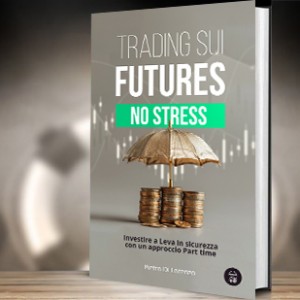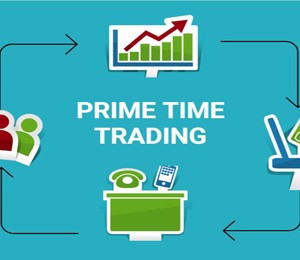Building an investment strategy on climate change
Building an investment strategy on climate change
A growth in the value of companies operating in this sector is expected
Building an investment strategy on climate change
Globally, the agricultural employment rate has almost halved since 1990. Crop failure, widespread flooding, destroyed habitats and energy shortages are just some of the consequences of climate change. If forecasts are correct, by the end of 2100 the average temperature will have risen by at least 5.8°. An expanding population and increasing demand for food, energy and materials continue to put a strain on the planet’s limited resources. The need for solutions that improve energy efficiency, reduce food waste and offer alternatives to scarce resources has never been greater.
However, at least most of the time, when there is a problem, there is also someone working to solve it. Efforts to limit environmental damage and slow down climate change will drive people to produce more with less. And that is precisely why a myriad of investment opportunities will emerge.
But how can one modulate an investment strategy on a trend so big as climate change? The answer is simple: by identifying the underlying themes of this macro trend.
Based on what we have said so far we can identify:
• New clean energies
Half of the world’s energy is expected to come from renewable resources by 2050.
• Global nutrition
In the BOOK One Million for my Daughter you will see how to buy shares of the larger companies that have been working for years to limit the impacts of climate change and resource scarcity. It is clear from our reflections that their workload is expected to grow significantly in the coming years. A growth in the value of companies operating in this sector is expected as well, from which we too could benefit by including them among the financial instruments purchased periodically in our accumulation plan.








